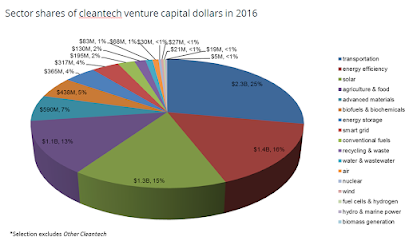Snippets in Clean Technology and Data Science: Water
Today, let’s look at some of the ways in which sensors, machine learning and other data science tools are helping solve problems in the water sector Water conservation is one of the largest components of the water sector. And with the droughts hitting California, New South Wales and South Africa recently, there’s been a lot of focus on education and changing people’s behavior through information. So how do we make it easy for people to do their best to minimize water use? Companies and organizations have tried several different approaches – public education programs about water use being one such example. Another being the water comparison report that water companies in California started sending out to their customers with the monthly bill. It’s a short summary that shows how your water usage compares with your neighbors and how much water you have used against your allocation. This is a fairly straightforward use of data science – it uses a nearest neighbor ...



